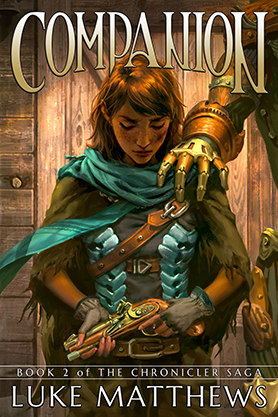Story by Doug Murray & Frank Cho
Art by Alex Medellin
In the not-too-distant future, Earth’s resources are tapped by inevitable overpopulation. Humanity looks to the stars for its salvation, developing a faster-than-light “wormhole drive” that will allow expeditions to travel the necessary distances. Unfortunately, entering a wormhole kills anyone with a y-chromosome, leading to the recruitment of 50 women from around the globe whose genes contain only x-chromosomes.
If the premise sounds a bit absurd, that’s because it is. Co-created by Frank Cho, it’s no real surprise that the backbone of the book is a story based around an entirely female cast. It works relatively well, though, and introduces some interesting dynamics that will hopefully develop over time without leaning too far into overt eroticism.
The story in this first issue feels a little choppy, especially in the first few pages. An attempt is made to start the book on an action beat then rewind slightly, but the rewind isn’t represented well and comes across very confusing. Had the first two pages of the book simply been moved into chronological order, I think the scene represented there would have had just as much – if not more – impact.
Alex Medellin’s artwork is really where this book shines. Infused with a 50’s sci-fi vibe but written with modern sensibilities (ala Fear Agent), the book’s visuals are intriguing and fun. The most successful thing about Medellin’s artwork here is that even though all of the women in the book are stereotypically gorgeous, they are each unique and easy to differentiate from one another. I never found myself wondering which girl I was looking at – a frequent occurrence in other female-centric books like Y: The Last Man.
Overall, 50 Girls 50 is an interesting premise that makes for an enjoyable sci-fi excursion. If future issues and arcs can focus on the unique nature of the all-female cast, this could be a solid entry in the Image lineup.




